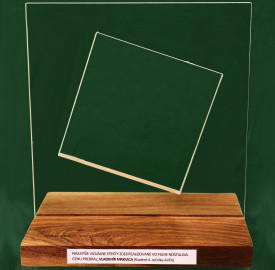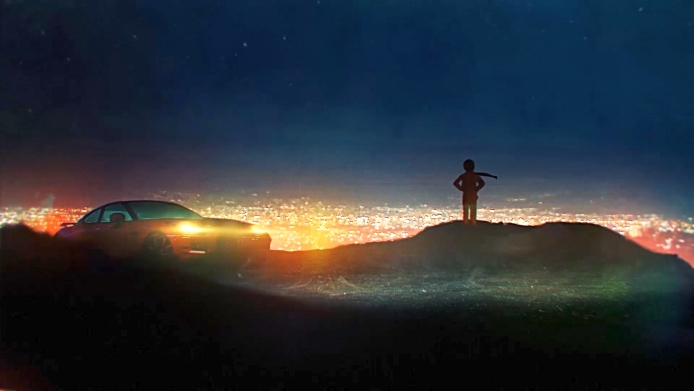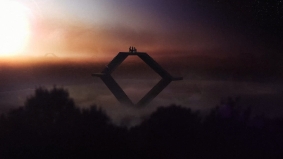
The Visual Effects Studio was established by the approval of the accreditation file by the Accreditation Commission of the Ministry of Education in June 2011. It is the youngest studio in the structure of the FTF VŠMU Bratislava.
This approval was preceded by AVFX approvals by negotiation Academic Senate , by voting Scientific advice FTF VŠMU , and with the approval Academic Senate of the Faculty of Fine Arts of the Academy of Music and Dramatic Arts . The foundation of the studio was mainly due to Prof. Čarný, Doc. Szomolányi, Doc. Rašla, Prof. Hardoš.
The accreditation of the visual effects master's degree was approved by the Minister of Education on June 30, 2014. The accreditation of the doctoral degree took place in 2015.
A brief characterization of the difference between special and visual effects:
Special effects. Illusions used in film, television, theater, or the entertainment industry that mimic natural phenomena in stories are traditionally called "special effects." They are often abbreviated as: SFX, SPFX, or simply FX.
Special effects are traditionally divided into optical and mechanical effects. With the development of digital filmmaking tools, a greater distinction has been made between special effects and visual effects. A distinction has been made between "visual effects" referring to digital post-production and "special effects" referring to mechanical effects created during filming and optical effects created in camera.
Visual effects (often abbreviated as Visual FX or VFX) are a number of techniques where visuals are created or modified outside the context of live action during filming. Visual effects take on filmed live action during their creation and create a visuality that mimics a natural look that would be either impossible, too dangerous, or too expensive to film in natural conditions using traditional techniques. Visual effects using CGI have become a common part of high-budget films and are now becoming accessible to amateur filmmakers with connections to animation and compositing programs.
Visual effects are often integrated into film narratives. Although most visual effects are created during post-production, they usually have to be carefully planned in the pre-production or production stages of a film. They are created through design, animation, and compositing programs, while special effects are created on location (explosions, car accidents, etc.). The visual effects supervisor is regularly contacted early in the effects development process and works closely with the production and director.
Visual effects can be divided into at least 4 categories:
Models: miniature environments and models, animatronics (the use of electronics and robotics in mechanical puppets to imitate living models), and stop motion animation.
Cartoon mask, retoucher. It is a cartoon scenery of landscapes or film sets, backgrounds that help filmmakers create an illusion that is either unattainable, expensive or fictitious. Throughout history, many techniques have been used in combination with live action, with believability depending on the artist's skills in combination with post-production. The group with cartoon masks and retouchers also includes rotoscoping - redrawing pre-played live action frame by frame into an animated form.
Live action effects: keying actors and models over a blue or green background.
Digital animation: modeling, computer lighting, texturing, rigging, animation and computer-generated 3D characters, partial effects, digital sets, backgrounds.
Digital effects (often abbreviated as digital FX or FX) are a number of ways in which images are created or modified from photographic sources. Digital effects work with static reality to create realistic environments that are either expensive, dangerous, or impossible to achieve with traditional camerawork. Digital FX is usually associated with static photography of the world, as opposed to visual effects, which are associated with movement in a feature film.
The 2011/2012 academic year was the first accredited year of visual effects studies at the Faculty of Film and Television of the Academy of Music and Dramatic Arts. Currently, 25 students are studying in the Visual Effects Studio, 8 of whom are at the master's level.
You can view student work by selecting the type of exercise in the left-hand sidebar on this page. The work is divided by grade and by type of exercise.
For applicants, the website also lists works completed for admission interviews. Not all works are of the highest value, but it is up to the future applicant to distinguish what is of high quality and what is not and to create their own original works accordingly.



